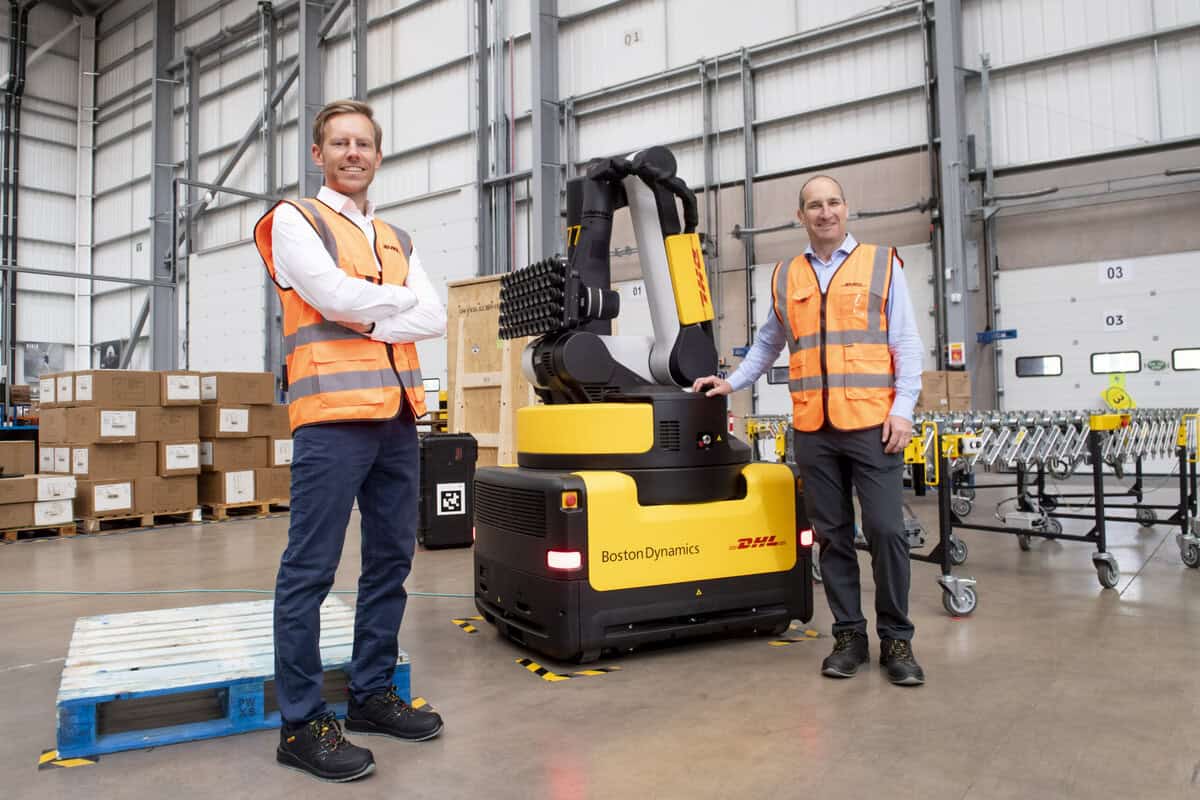Reports out this week show just how crucial apps are becoming to the retail recovery.
Transaction data from around the world collated by the Centre for Economic and Business Research (CEBR) finds that half of retailers that offer online and mobile are seeing them make up about 40% of their lost store sales.
A second piece of research from AppsFlyer shows that that, in the UK, overall shopping app usage spiked to a reported 7.6% in May 2020 and increased to 8% in June 2020 – surpassing the 7.1% of shopping app usage in November 2019.
The picture is similar in Europe, with overall shopping app usage spiked to 7% in May 2020 versus only reaching 6.7% at its peak in November 2019.
Apps are, on can deduce, leading the charge in the retail recovery.
Why apps?
Retail apps are growing in popularity among shoppers for two reasons. Firstly, they are much richer and more easy to use that web sites on a mobile phone and allow users to remain logged in, cutting the number of clicks needed to find thing and buy things.
The second driver is that way more people are shopping on their mobile than ever before. The pandemic and the lockdown has seen ecommerce rocket up. Many of these first time online shoppers have done their shopping from their mobile. That is how they do everything.
Together, these two things are seeing apps snatch a growing share of the online retail space than ever before.
With this consumer shift to shopping with apps growing pace, now is the time to look at investing in your own app strategy, if you don’t already have one, or to ramp up any app operations you may have already had in place.
To do this isn’t easy, nor is it cheap. However, it is increasingly essential if you want to offer the kind of experience that your customers want and if you want to keep them loyal.
As we have already covered in out Growth Post-Lockdown series, apps are a £10,000 to £100,000+ investment. However, they do offer a much richer experience, allow you to build a relationship with your customers and help build loyalty – if you get them right. The downside, is that there are already somewhere in the region of 1.8 million iOS apps and around 3 million in the Google Play store. That is a lot of competition.
But the rewards can be great: with UK retail sales on mobile up 30% in Q2 2020 compared to Q1 and 25% stronger than the pre-Covid Q4 2019, mobile is a force to be reckoned with, research suggests.
Globally, mobile is driving the consumers shift to online with shoppers spending an impressive 1.6 trillion hours on their mobiles in 2020 – and producing growth in m-commerce that would have taken “three to four years” under normal circumstances.
In fact, the average user spent 27% of daily waking hours, or 4.3 hours, on their mobile device in April 2020 — up 20% from 2019.
Creating an app strategy
So, how do you go about creating an app strategy that will return your investment and help you tap into this consumer boom?
There are several key steps to follow…
- Think mobile – the first step is to think mobile: you have to put mobile front and centre of your online business, optimising what you have for the channel. The crucial part of your app strategy will be to deliver an excellent, even exceptional, customer experience, so you have to know what you are doing. This isn’t a bolt-on, this is to all intents and purposes the keystone of your online strategy.
- What do you want it to do – once you have taken that leap into apps, the next step is easy; what do you want your app to do? Map out what you think your app is for and how you want to deliver that. Refine it constantly to give the best user journey (with the minimal amount of clicking and scrolling). Think graphically, so the user is led by images – images that you can expand easily and that give real detail – but also give them easy access to text should they want it.
- What do your customers want it to do – while you have the vision as to what you want your app to achieve, it is imperative to find out what your customers want from any app that you offer. This process starts by analysing where they already are in terms of online and mobile shopping on your site and what the pain points may be. From this you can work out what they do and how you can make this better. With that in mind, then you need to go out and ask a random sample, especially those that regularly shop with you, what they are looking to achieve, how you can make that better and what they like about other apps they use.
- Easy checkout – making it easy to find things and browse them is part one of the process; letting shoppers actually purchase is key. Making the checkout process as easy as you can is vital. One of the reasons Amazon’s app is so popular is that you can buy with one click. Your app needs to be similar. Get users to pre-register and add a payment tool – even just PayPal can make it work – and so they get to see just how simple it is to use.
Getting your app found
As already stated, the retail apps market is crowded and competitive. There is also the issue that you are also going to be competing with Amazon, eBay and Google for the same mobile customers. There is a whole other article in how to do this, but the gist lies in the following…
- App store optimisation – like SEO, ASO is vital to anyone finding your app via the app stores. To do this you need:
- A unique name for your app, ideally your brand
- A set of relevant keywords
- Good screen shots
- Put it in the right categories on the app stores
- Give a detailed description
- Pay to appear – You can also run paid campaigns to rewards app installs. This pushes you app up the charts and so you appear more prominently. However, this is a very expensive option and may not be worth it unless you are a huge, global mega brand.
- Use bloggers and influencers – Another tack is to look at how to get bloggers and influencers in the areas of retail that you operate in to push your app to their base. This again requires payment, but can give reach and trusted advocacy at a much lower cost than paying apps stores. This should then drive up downloads which in turn helps you rise up the charts.
- Third-party advertising – You can also look at how to promote your app across a range of other sites, not least Facebook, Twitter, Amazon apps store, Samsung apps store and a range of other less well-known places.
Conclusions
Apps are increasingly vital in the new digital economy and if you don’t have one or aren’t leveraging it as well as you should now is the time to act. It isn’t cheap and it isn’t easy, but the results and rewards can be huge.









